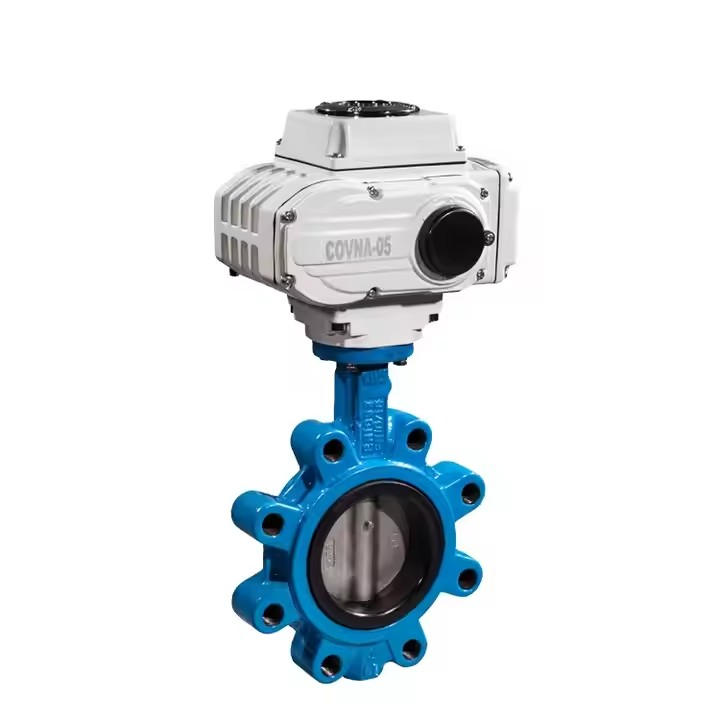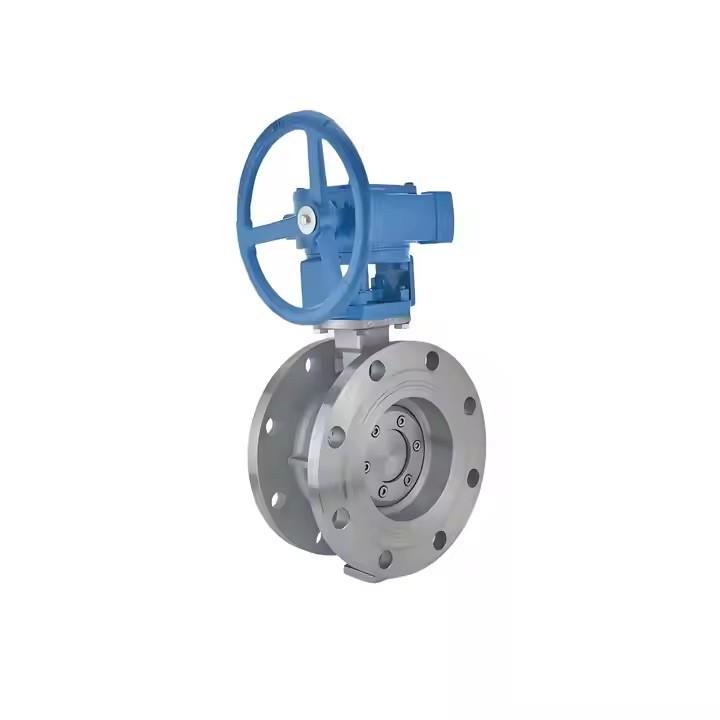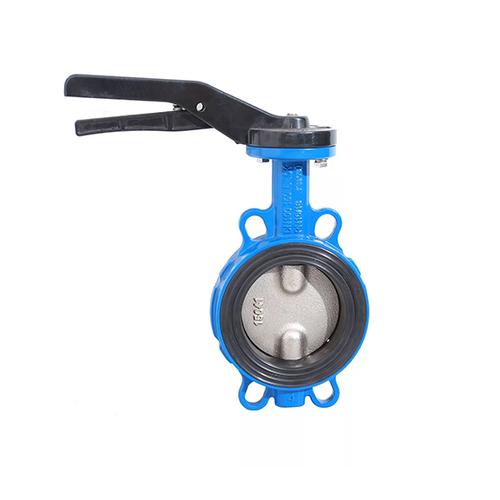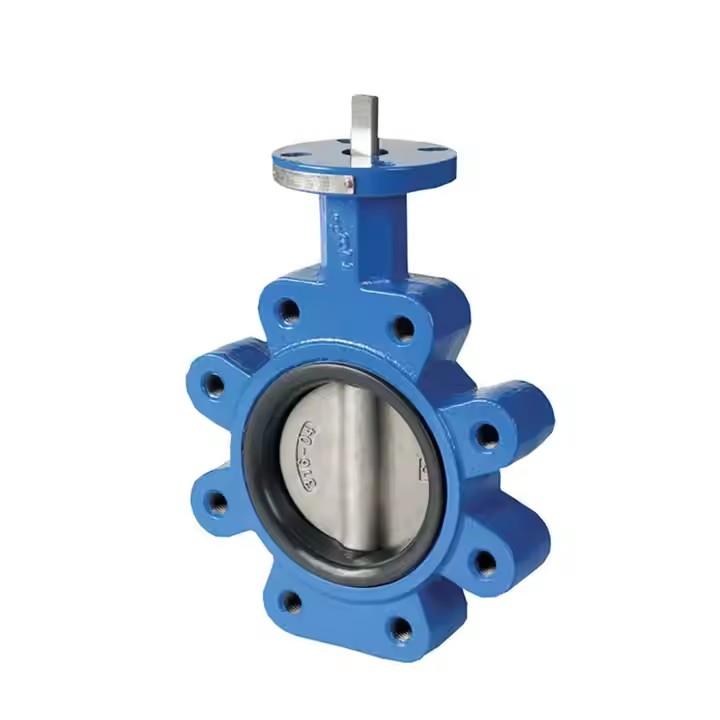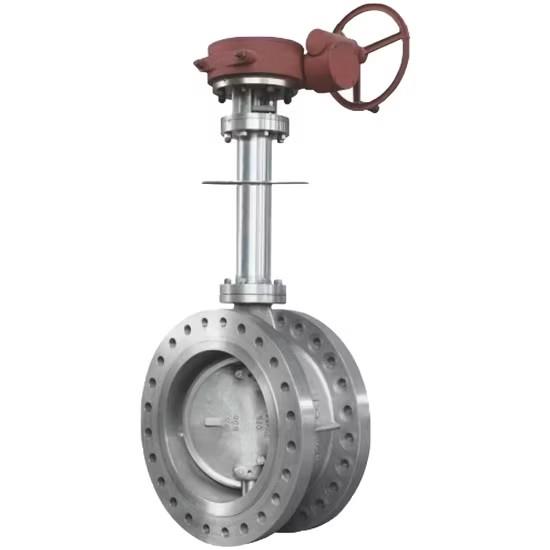4 inch Butterfly Valve

The 4 inch butterfly valve, as the name indicating the nominal diameter of the connected pipeline is 4 inches, which is approximately equivalent to 101.6 millimeters. Valves of this size are widely used in both industrial and civil fields, especially in situations where it is necessary to control the flow of a relatively large volume of fluid. The common connection methods of the 4 inch valve include flange and threaded connection.
The characteristics of compact structure and light weight,making the 4 in butterfly valve convenient for installation and maintenance. It can be opened and closed quickly and operated flexibly, enabling effective control of the fluid flow. In addition, the 4-inch butterfly valve uses high-quality sealing materials, ensuring good sealing performance and effectively preventing fluid leakage. It is especially suitable for harsh environments such as high pressure and high temperature. Its corrosion resistance also enables it to withstand the erosion of various chemical substances, making it suitable for the control of corrosive fluids.
Main features of the 4 butterfly valve.
- 4 inch butterfly valves are easily maintained. At any time pay attention to the sealing surface and shaft seal, When the sealing surface has abrasion or leakage, Generally, use the pressed seal of the screw plate to resolve, when the leakage occurred in the larger, the inner ring can be adjusted plus-one-chip be resolved, if there is damage to seals, plate seals can be removed, the replacement of seals, when the seal leakage, adjust packing gland or seal ring replacement;
- The double offset design of this valve is less abrasion, and has excellent sealing capacity;
- The limit switch device ensures the right position of open/close;
- The body, disc, and stem have sufficient strength and flexibility, sealing can be changed inside the valve.
- Long service life with reliable seal and without frequent maintenance.
Technical Specifications
| Body Material | Epoxy Painted Ductile Iron / Carbon Steel / Stainless Steel |
| Size and Connection | 4 inch Wafer, RF, RTJ |
| Seats | EPDM |
| Disc | Stainless Steel |
| Actuator | 10-position manual lever (lockable in any position) |
Material Standard
| No | Part | Material |
| 1 | Body | GGG50 |
| 2 | Seal Ring | EPDM |
| 3 | Retainer Flange | ASTM A182 F304 |
| 4 | Pin | ASTM A276 304 |
| 5 | Disc | ASTM A351 CF8 |
| 6 | Stem | ASTM A276 304 |
| 7 | Stem Packing | Graphite |
| 8 | Stem Beating | SS304 + PTFE |
| 9 | Bolt | ASTM A193 B7 |
| 10 | Nut | ASTM A194 2H |
| 11 | Yoke | ASTM A216 WCB |
Dimensions&Weight
| Pressure Rating | Bore | Face to Face Dimension(in mm) | Weight | ||
| (in mm) | RF | Wafer | Lug | kg | |
| CLASS 150 | 100 | 229/127 | 52/54 | 52/54 | 11 |
| CLASS 300 | 100 | 305/190 | 54 | 54 | 16 |
| CLASS 600 | 100 | 432/190 | 64 | 64 | 35 |
The data is for reference only, please consult sales@wayvalve.com for details.
The 4 inch butterfly valves can be applied in the following fields:
- Chemical industry: in the chemical production process, 4 inch butterfly valves are widely used in various pipeline systems to control the flow of chemicals and ensure the smooth progress of the production process.
- Petroleum and natural gas industry: due to the good sealing performance and corrosion resistance, they have become an important part of petroleum and natural gas transmission pipelines, ensuring the safe transportation of oil and gas resources.
- Water treatment industry: in the water treatment process, they are used to control the direction and flow rate of water, helping to achieve the rational distribution and utilization of water resources.
- Power industry: in power facilities such as thermal power plants, 4 inch butterfly valves are used to control the flow of fluids such as cooling water, ensuring the normal operation of power equipment.
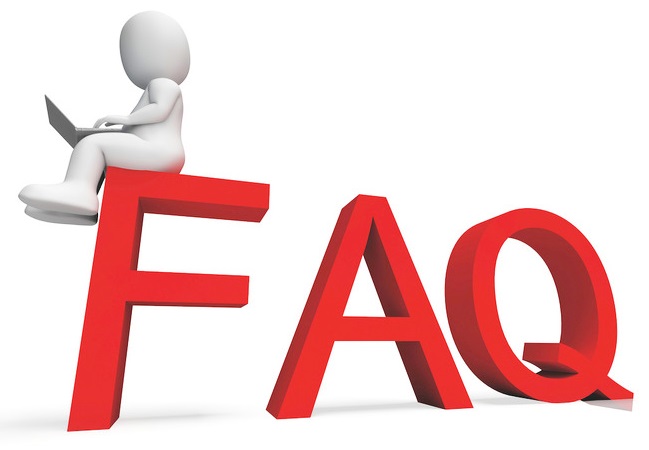
What size bolts for a 4 inch butterfly valve?
For a 4 inch butterfly valve, the commonly used bolt size is 3/4 inch or M20. This is based on standard industry practices. The 3/4 inch bolt is a popular choice in imperial units, while the M20 is frequently used in metric-based systems. However, it’s important to note that the exact bolt size can vary depending on the specific design of the valve, the pressure rating, and the manufacturer’s specifications. It’s always advisable to refer to the valve’s technical documentation for the precise bolt size requirement.
INQUIRY


